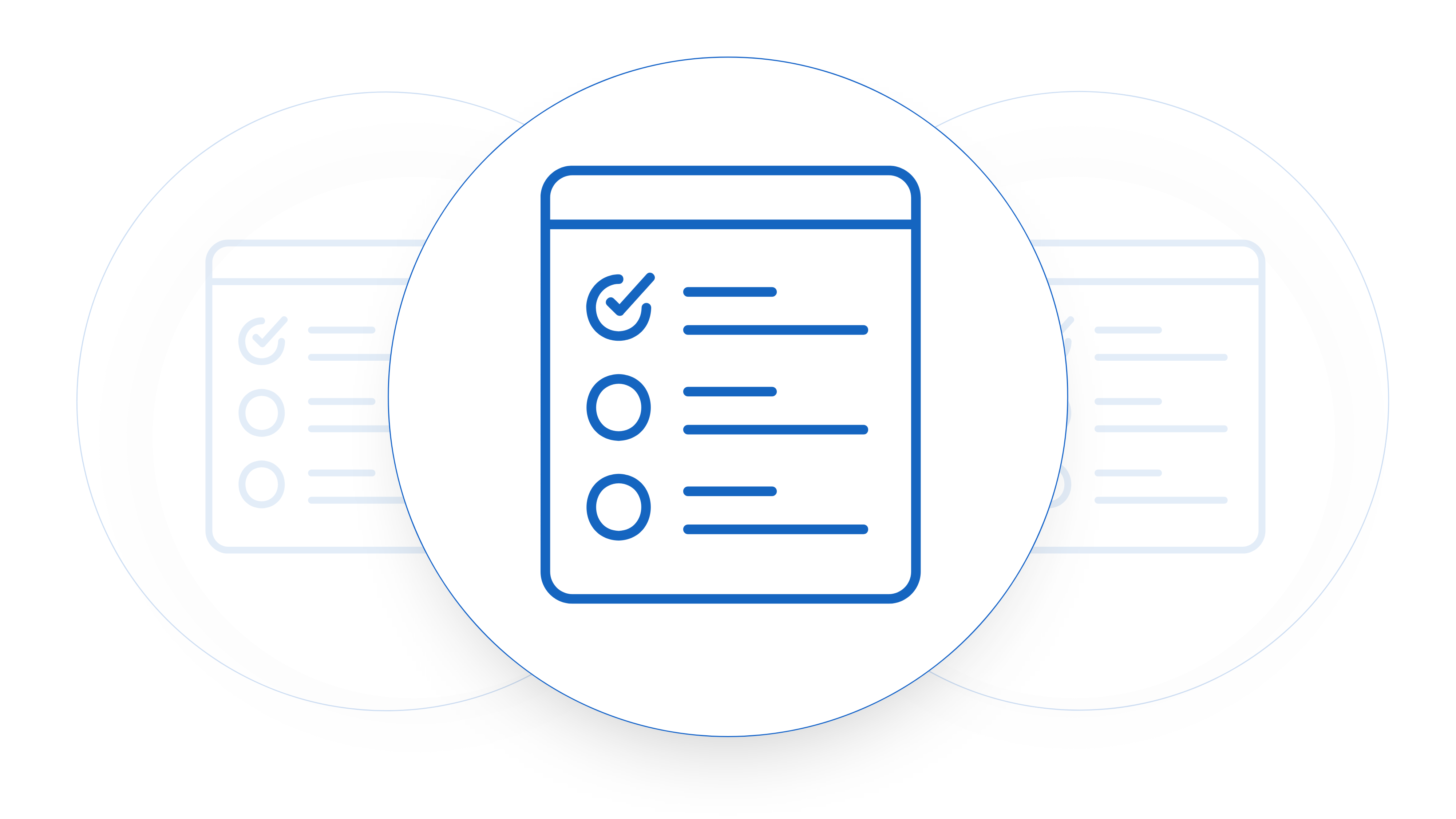The Rule of 40 is a key financial metric for evaluating SaaS (Software as a Service) startups and established companies. It assesses the balance between revenue growth and profitability, aiding stakeholders, investors, and company leadership in decision-making. While a rule of 40 calculator can be helpful, let’s first understand the Rule of 40 and its importance:
Definition of the Rule of 40:
The Rule of 40 states that the sum of a SaaS company’s annual revenue growth rate and EBITDA (Earnings Before Interest, Taxes, Depreciation, and Amortization) margin should be equal to or greater than 40%. Mathematically, it can be expressed as:
Rule of 40 = Revenue Growth Rate (%) + EBITDA Margin (%)
Now, let’s break down why the Rule of 40 is important for SaaS startups and companies:
1. Balancing Growth and Profitability:
The Rule of 40 helps companies strike a balance between two critical aspects of their business: revenue growth and profitability. It acknowledges that while rapid growth is important, it should not come at the expense of profitability. Striking the right balance is crucial to ensure long-term sustainability and financial health.
2. Performance Assessment:
The Rule of 40 serves as a performance metric that provides a holistic view of a company’s financial health. It takes into account both the top line (revenue growth) and the bottom line (profitability). Companies with a Rule of 40 score above 40% are generally considered healthy, while scores below 40% may indicate areas for improvement.
3. Investor Confidence:
Investors, including venture capitalists and private equity firms, often use the Rule of 40 as a quick assessment tool when evaluating potential investments. Companies that meet or exceed the Rule of 40 threshold are more likely to attract investment because they demonstrate both growth potential and financial discipline.
4. Strategic Decision-Making:
For company leadership, the Rule of 40 provides a benchmark for strategic decision-making. It helps in setting realistic growth targets and evaluating the trade-offs between investing in growth initiatives and maintaining profitability.
5. Long-Term Viability:
SaaS companies that adhere to the Rule of 40 are better positioned for long-term success. They are less likely to be solely dependent on external funding and can generate sustainable cash flows, which is essential for weathering economic downturns and achieving profitability over time. There are a lot of ways to build your company to be more viable, smaller B2B SaaS companies should consider using autorenewal clauses as part of your SaaS enterprise contract best practice.
6. Operational Efficiency:
In pursuit of the Rule of 40, companies often focus on improving operational efficiency. This can lead to cost optimization, better pricing strategies, and a sharper focus on customer retention—all of which contribute to improved profitability.
The Rule of 40 is a valuable metric for SaaS startups and companies because it offers a comprehensive view of financial performance, encourages balanced growth, and helps attract investors. It promotes sound financial management practices and positions SaaS businesses for long-term sustainability and success in a competitive market.
Rule of 40 Calculator
Rule of 40 Calculator
Redline What Matters
Raise Changes For Approval To Turnaround Contracts Faster
When is the Rule of 40 Inappropriate?
The Rule of 40 metric is primarily designed for established SaaS (Software as a Service) companies and is less relevant for very early-stage startups. Here are a few reasons why it may not be as suitable for small startups:
1. Lack of Profitability:
Many small startups, especially those in their early stages without many SOW’s signed, are not profitable. They may be prioritizing rapid growth and market penetration over profitability. As a result, calculating the Rule of 40, which includes EBITDA margin (a measure of profitability), might not be meaningful for startups that are intentionally running at a loss to capture market share.
2. Volatility:
Startups often experience significant fluctuations in their financials, especially in the early days. The Rule of 40 is more useful when you have a stable revenue base, you are consistently recognizing SaaS revenue and historical data to analyze. Early-stage startups might not have this stability or historical data to work with. Getting to understand how to build an MRR waterfall will help with this.
3. Focus on Growth:
Early-stage startups typically prioritize revenue growth and customer acquisition to establish a foothold in the market. While profitability is important, it might not be the primary focus during the initial phases when investments are made to fuel growth.
4. Resource Allocation:
Small startups often face resource constraints and may need to invest heavily in product development, marketing, and sales. These investments can impact profitability and skew the Rule of 40 calculation.
That said, the Rule of 40 can become more relevant as a startup matures and achieves a certain level of stability, revenue, and profitability. As a startup progresses along its growth trajectory, it should gradually shift its focus toward achieving a balanced equation of growth and profitability.
In the early stages, startups may benefit more from metrics such as Monthly Recurring Revenue (MRR), Customer Acquisition Cost (CAC), Customer Lifetime Value (CLTV), and other growth-related KPIs. These metrics are often more aligned with the goals and challenges faced by startups as they seek to establish themselves in the market.
While the Rule of 40 is a valuable metric for assessing the financial health of SaaS companies, it may not be the most appropriate or meaningful metric for very small startups that are primarily focused on rapid growth and market validation. Startups should choose metrics that align with their specific stage of development and strategic priorities.











